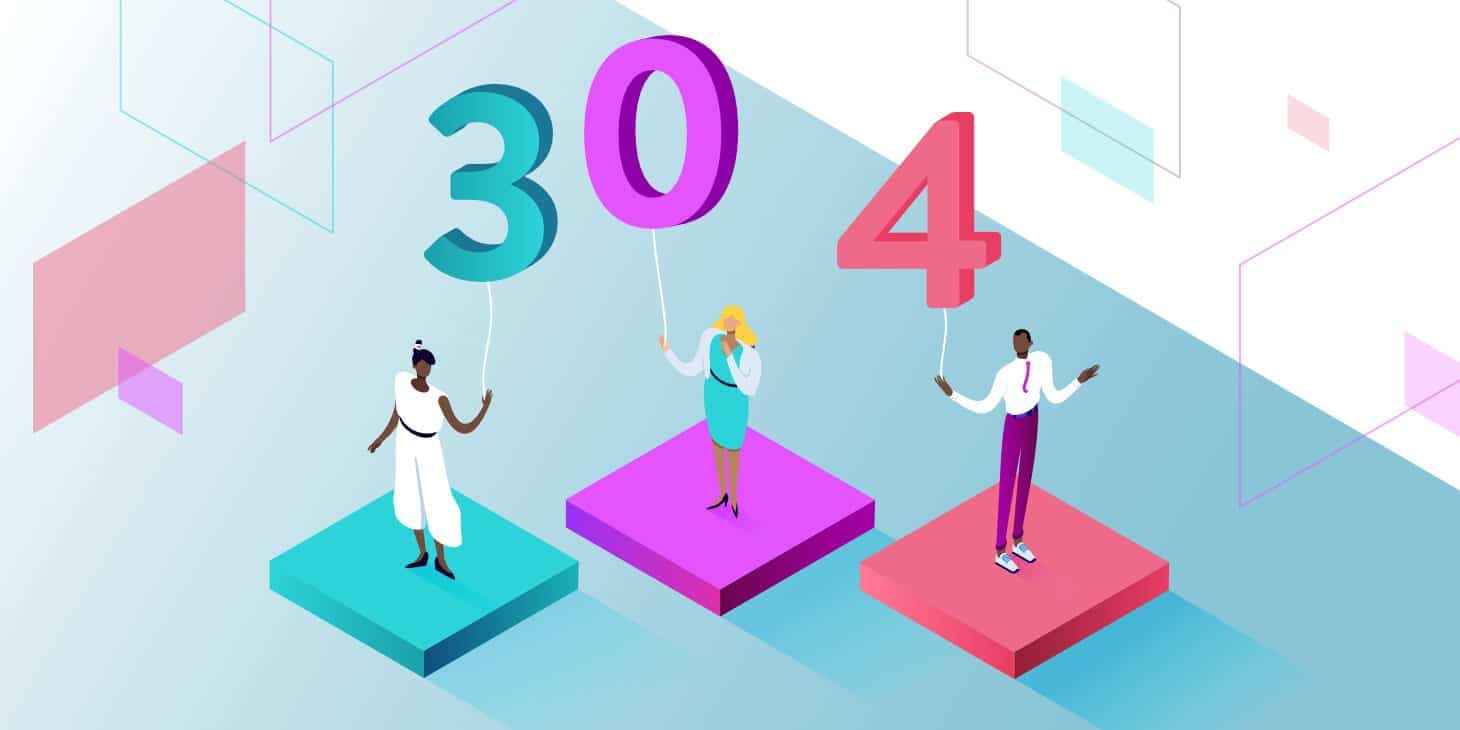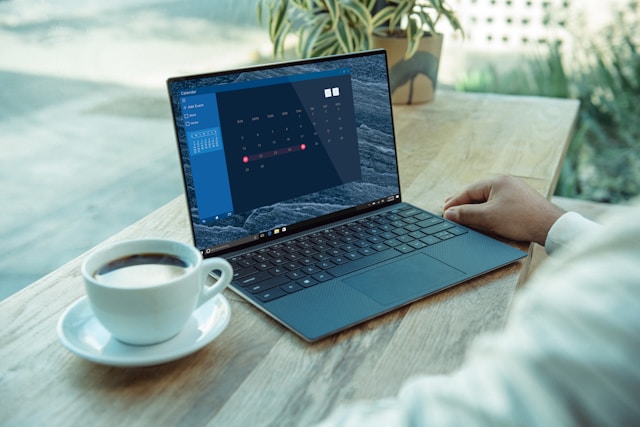The HTTP 304 Error Code is not typically indicative of an error; rather, it signifies that the requested URL’s resource has not undergone any changes since it was last accessed or cached. This response is contingent upon client authorization, as indicated in the HTTP data stream from the client to the server, for instance, through ‘If_Modified_Since’ headers.
The Role of Client Specifications in 304 Error
Systems that cache or index web resources, such as search engines, often rely on the 304 response to ascertain if the previously gathered information for a URL remains current. This status code is a critical component in efficient web resource management, ensuring up-to-date information retrieval.
HTTP Cycle and the Occurrence of 304 Error
During the HTTP communication process, clients, like web browsers or automated systems like CheckUp Down, undergo several steps:
- Obtaining an IP address from the site’s domain name;
- Establishing an IP socket connection;
- Writing and receiving an HTTP data stream through the socket, containing various status codes.
The 304 Error occurs in this cycle’s final stage when the client recognizes a ‘304’ status code in the server’s HTTP response.
General Guidelines for Resolving 304 Errors
In web browsers, this error typically should not be encountered, as browsers are designed to display the cached web page, believing it to be unchanged. For non-browser clients, correctly utilizing ‘If_Modified_Since’ headers is essential to avoid this error and ensure proper cache management.
Specific Resolution for 304 Errors in CheckUp Down
For CheckUp Down users, encountering a 304 Error suggests potential programming issues either in our system or your web server software, pointing to incomplete adherence to HTTP protocols. Our system, which does not maintain records of the actual content of your URL web page, specifically disallows the 304 response in our HTTP data stream. Therefore, a properly implemented HTTP protocol on your web server should never return a 304 status code to us. If such errors occur, contacting us directly is the recommended course of action for resolution, which may involve in-depth analysis of HTTP data streams and collaboration with ISPs and web server software vendors.
Comparative Analysis of HTTP Status Codes
| Status Code | Description | Common Usage | Client or Server Originated |
|---|---|---|---|
| 200 OK | The request has succeeded | Standard response for successful HTTP requests | Server |
| 301 Moved Permanently | This and all future requests should be directed to the given URI | Redirection to a new URL | Server |
| 304 Not Modified | Indicates that the resource has not been modified since the version specified | Resource caching | Server |
| 400 Bad Request | The server cannot process the request due to a client error | Incorrect request syntax | Client |
| 403 Forbidden | The server understood the request but refuses to authorize it | Access control issues | Server |
| 404 Not Found | The server cannot find the requested resource | Incorrect URL or the resource doesn’t exist | Server |
| 500 Internal Server Error | A generic error message for server-side issues | Server misconfiguration or errors | Server |
| 503 Service Unavailable | The server is not ready to handle the request | Overloaded servers or maintenance | Server |
Understanding the 406 Status Code in HTTP
In addition to the 304 Error Code, the 406 Status Code is another significant response in HTTP transactions. The 406 Not Acceptable error occurs when the content offered by the server is not compatible with the accept headers sent by the client. Key aspects include:
- Client Preferences: The 406 error arises primarily due to the client specifying accept headers in the HTTP request that do not align with the server’s response. These headers might include specific file formats, languages, or encoding types;
- Server Response: When a server cannot provide a response matching the criteria set in the client’s accept headers, it results in the 406 status code, indicating that the available resource is not acceptable per the client’s request;
- Resolution Approach: Addressing a 406 error involves ensuring compatibility between client-accept headers and server resources. It may require adjusting to accept headers in the client or altering the content types available on the server;
- Significance in Web Communication: The 406 Status Code plays a crucial role in maintaining effective communication between clients and servers, ensuring that resources are appropriately delivered and rendered.
This understanding of the 406 Status Code complements the insights on the 304 Error Code, highlighting the diverse scenarios encountered in HTTP communications and the importance of accurate server-client data exchange.
Video Guide
To answer all your questions, we have prepared a video for you. Enjoy watching it!
Conclusion
The 304 Error Code in HTTP transactions is a unique scenario that typically indicates unmodified content rather than a traditional error. Understanding its occurrence, client-based specifications, and resolution strategies is crucial for web developers and administrators in ensuring efficient web communications and server interactions.



